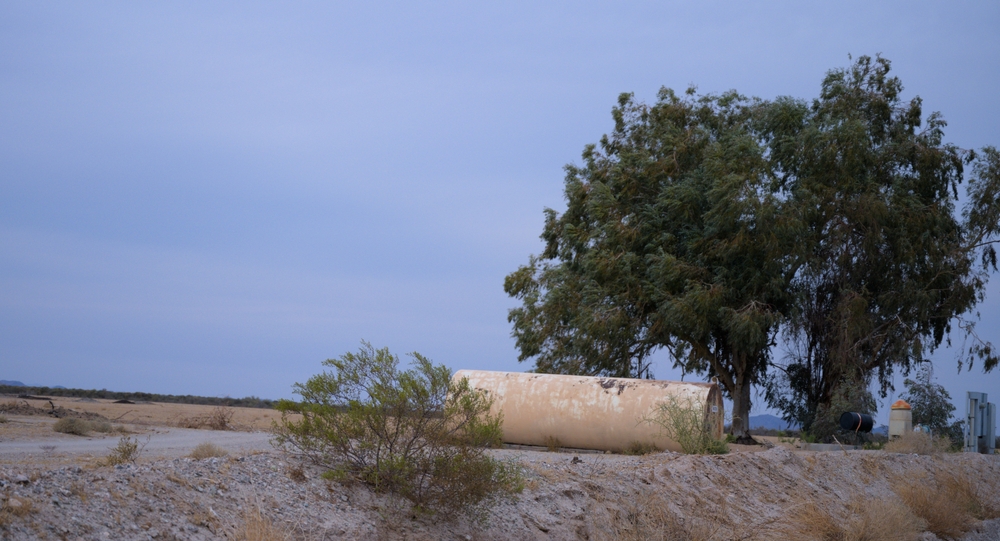The Risks and Consequences of Leaving a Tank Abandoned

Abandoned tanks pose serious risks to both the environment and human health. Whether they are underground storage tanks (USTs) or above-ground tanks, neglecting them can lead to devastating consequences. These tanks often contain hazardous substances such as fuel, chemicals, or other pollutants that can seep into the surrounding soil and water supply. Over time, corrosion can cause structural weaknesses, resulting in leaks that may go undetected for years. This not only contaminates groundwater but also creates an environmental hazard that is expensive and challenging to remediate.
Without proper decommissioning, abandoned tanks can also become a liability for property owners. Regulatory authorities require strict adherence to safety standards when dealing with abandoned tanks, and failure to comply can result in hefty fines and legal repercussions. In many cases, safe tank closure solutions in Brooklyn Center, MN, are necessary to ensure compliance with state and federal environmental laws. Taking a proactive approach to tank abandonment helps prevent long-term damage and protects property values from the negative effects of contamination.
Environmental and Legal Implications
Leaving a tank abandoned without proper closure can have severe environmental implications. Leaking substances can infiltrate the soil and groundwater, causing contamination that can spread beyond the immediate area. This not only affects the local ecosystem but also poses a risk to residents who rely on groundwater for their drinking supply. Contaminants such as petroleum, heavy metals, and industrial chemicals can persist in the environment for decades, leading to long-term health issues and ecological damage.
From a legal standpoint, property owners have a responsibility to ensure their tanks are properly closed or removed. Environmental agencies have strict regulations in place to monitor tank decommissioning and prevent contamination. If an abandoned tank is discovered to be leaking, property owners may face significant cleanup costs and legal penalties. Additionally, the presence of an abandoned tank can hinder property transactions, as potential buyers may be reluctant to invest in land that carries environmental liabilities. Seeking professional tank abandonment services in Minneapolis, MN, is the most effective way to navigate legal requirements and avoid future complications.
Safety Hazards of Unattended Tanks
Abandoned tanks pose more than just environmental and legal risks—they are also a serious safety hazard. Over time, these tanks can deteriorate, leading to structural failures that may result in explosions, fires, or collapses. Underground storage tanks, in particular, can create sinkholes or ground instability, jeopardizing nearby structures and roadways. Corrosion and rust weaken the tank walls, increasing the likelihood of leaks and structural failure.
Another significant risk is the buildup of flammable vapors inside abandoned tanks. Even small amounts of residual fuel or chemicals can generate explosive gases that may ignite under certain conditions. Unsecured tanks also attract unauthorized individuals, including trespassers and vandals, who may unknowingly expose themselves to toxic fumes or cause accidental fires. The risks associated with abandoned tanks emphasize the importance of professional intervention. Engaging experts who specialize in safe tank closure solutions in Brooklyn Center, MN, ensures that potential hazards are identified and mitigated effectively.
The Importance of Proper Tank Closure
Proper tank closure is crucial to prevent the long-term consequences of abandonment. There are several methods of decommissioning a tank, including removal and in-place closure. The appropriate method depends on factors such as tank location, condition, and the type of substances previously stored. Professional tank abandonment services in Minneapolis, MN, assess these variables and determine the best approach to minimize risks.
Tank removal is often the preferred method, as it completely eliminates the risk of future leaks and contamination. The process involves excavating and safely disposing of the tank while ensuring that any residual contaminants are properly managed. In cases where removal is not feasible, in-place closure may be an alternative. This involves draining, cleaning, and filling the tank with an inert material such as sand, foam, or concrete to prevent collapse and leaks. Regardless of the method chosen, proper documentation and compliance with environmental regulations are essential to avoid future liabilities.
Choosing the Right Professional Services
Given the complexities and risks associated with abandoned tanks, seeking expert assistance is the best course of action. Professionals who specialize in safe tank closure solutions in Brooklyn Center, MN, have the necessary experience, equipment, and knowledge to handle tank abandonment safely and efficiently. They conduct thorough site assessments, implement effective closure strategies, and ensure compliance with all regulatory requirements.
When selecting a service provider, it is important to choose a company with a proven track record in tank decommissioning. Look for licensed and insured professionals who follow industry best practices and prioritize environmental safety. Transparent communication, proper disposal procedures, and adherence to legal guidelines are key indicators of a reliable service provider. Investing in professional tank abandonment services in Minneapolis, MN, not only safeguards your property but also protects the surrounding community and environment from potential harm.
Conclusion
Abandoning a tank without proper closure is a risky decision that can lead to environmental, legal, and safety issues. Addressing tank abandonment proactively through professional services ensures compliance with regulations and prevents costly consequences. Whether through removal or in-place closure, taking the necessary steps to secure an abandoned tank is a responsible and necessary action for property owners. By working with experts in tank decommissioning, property owners can mitigate risks, protect their investments, and contribute to a safer environment for all.


